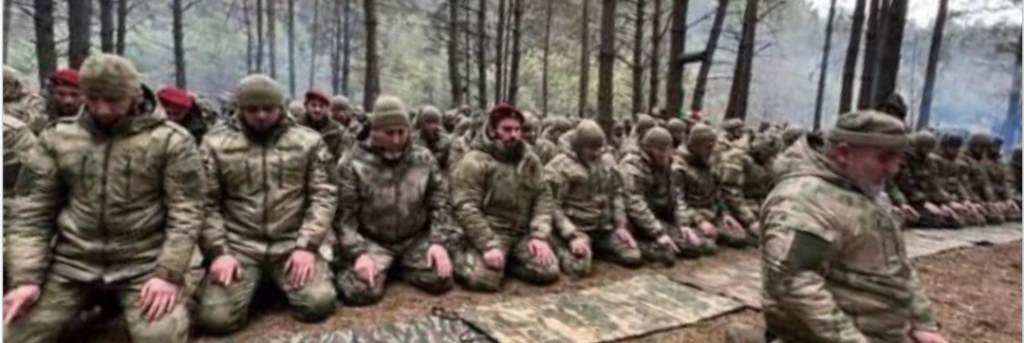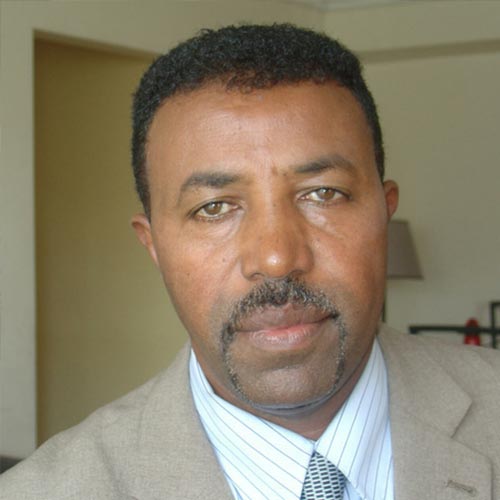
While analysts debate if countries other than Ukraine and Russia could enter the war, tens of thousands of people from more than 50 countries already fight on either side of the conflict.
FIGHTING FOR UKRAINE are about 20,000 people from at least 52 countries, according to the Ukrainian government.
They are joining the International Legion of Territorial Defense, formed just three days after Putin’s invasion, when Ukrainian President Volodymyr Zelensky called on volunteers to “join the resistance to the Russian invaders and the protection of world security.”
Foreign legions are nothing new, but the size and diversity of this one is remarkable. Just from the United States, some 3,000 Americans have applied to fight for Ukraine. One of those Americans, the Iraq war veteran Paul Grey, joined us for our event with Ukrainian Foreign Minister Dmytro Kuleba, along with an Israeli veteran, Gilad Halbani.
Also in the fight are dissidents from Russia and Belarus. An undisclosed number of Chechens have been fighting against Putin in Ukraine since 2014. More recently, Belarusians opposed to the regime of Putin-backed dictator Alexander Lukashenko have taken up arms against Russia, with support of democratic leader Sviatlana Tsikhanouskaya.
JOINING THE RUSSIAN INVASION is a coalition including mercenaries, Chechens who once fought off the Russian army, and enlistees from the Middle East.
When Russia invaded Ukraine, it did it with a force of more than 150,000 troops, about 12,000 of whom are Chechen. Once crushed by Putin in the Second Chechen War, this Muslim ethnic minority fields its own division under the banner of the Russian army. Allegedly, Chechen special forces were sent to assassinate President Zelensky.
Putin is also reportedly relying on an undisclosed number of mercenaries from Wagner Group, a private militia run by Yevgeny Prigozhin, a Putin ally. According to Gen. Stephen Townsend, commander of U.S. Africa Command, more mercenaries would likely travel to Ukraine from Libya, where hundreds are backing the military commander Khalifa Haftar.
As the invasion stalled, Putin looked elsewhere. On March 10th, Putin announced that 16,000 Syrians had signed up to fight against Ukraine, and were accepted into the military. According to Ukrainian intelligence, Russia is paying Syrians $300-600 per month to enlist, and recruiting at 14 different centers throughout Syria. More recently, the Ukrainian Armed Forces reported that they were facing “a large number of militants from other countries” including Syrians, Serbians, and Libyans.
WHAT IT MEANS: The war might be contained to Ukraine, but it’s hard not to see how it already has the makings of a global war. Not only are the principles at stake—authoritarianism versus democracy—international, but so are the fighters, with combatants from every corner of the earth.
At the same time, the differences in how the Russians and Ukrainians recruit foreigners are stark. While tens of thousands from dozens of countries were inspired to apply to defend Ukraine, the Russian army relies on mercenaries and their defeated former enemies. In the war for foreign combatants, democracies inspire while dictators pay.



